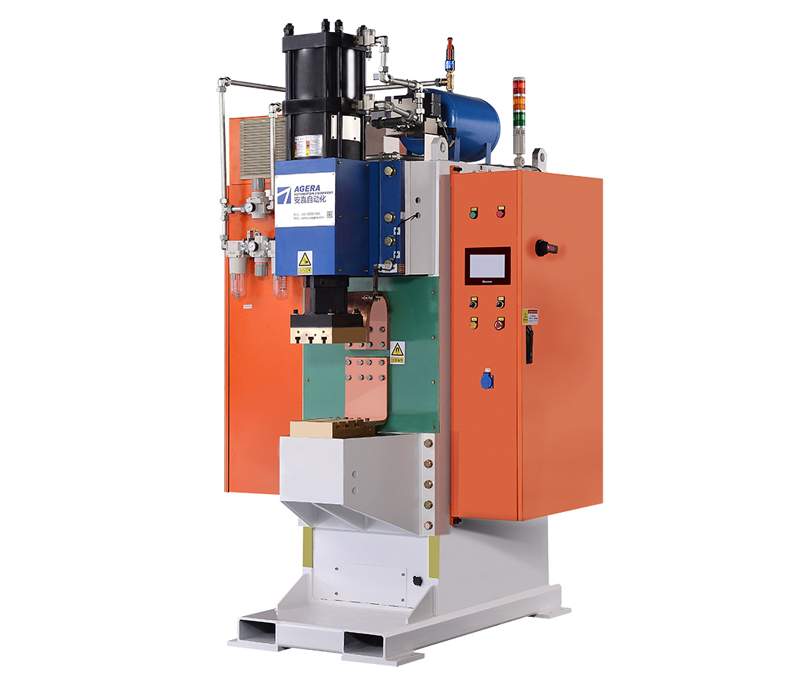The operation of capacitor discharge welding machines is subject to various regulations and guidelines to ensure safe and efficient use. This article explores the key regulations that manufacturers and operators of these machines need to adhere to for proper functioning and compliance.
Capacitor Discharge Welding Regulations:
- Safety Standards Compliance: Manufacturers and users of capacitor discharge welding machines must adhere to relevant safety standards set by regulatory bodies. These standards outline safety requirements for equipment design, operation, and maintenance.
- Electrical Safety Precautions: Adhere to electrical safety practices, such as grounding the machine, using appropriate insulation, and protecting against electrical hazards. Inspections and periodic maintenance of electrical components are essential to prevent accidents.
- Operator Training: Operators should receive thorough training in the proper use of the equipment, including safety procedures, machine operation, and emergency protocols. Properly trained operators can minimize risks and ensure efficient operation.
- Work Area Safety: Maintain a safe work environment by keeping the work area clear of clutter, providing proper ventilation, and using appropriate personal protective equipment (PPE) such as safety glasses, gloves, and welding shields.
- Fire Prevention Measures: Implement fire prevention measures, including keeping flammable materials away from the welding area and having fire extinguishing equipment readily available.
- Machine Maintenance: Regularly inspect and maintain the machine, including its electrodes, cables, and electrical connections. Scheduled maintenance helps identify and address potential issues before they lead to operational problems.
- Environmental Regulations: Comply with environmental regulations related to noise levels, emissions, and waste disposal. Capacitor discharge welding machines should be operated in a manner that minimizes environmental impact.
- Emergency Protocols: Establish clear emergency protocols, such as shutdown procedures, evacuation plans, and first aid measures. All operators should be familiar with these protocols to ensure swift and effective responses to unexpected situations.
- Documentation and Records: Maintain comprehensive documentation, including equipment manuals, maintenance logs, training records, and safety procedures. This documentation is essential for audits and regulatory compliance.
- Quality Control and Assurance: Implement quality control measures to ensure consistent and reliable welds. Regular testing and inspection of welds help maintain welding quality and adherence to industry standards.
Adhering to regulations and guidelines for capacitor discharge welding machines is vital to ensure the safety of operators, maintain equipment performance, and meet industry standards. By following safety standards, providing proper training, maintaining the equipment, and implementing appropriate emergency protocols, manufacturers and users can create a safe and efficient working environment while achieving high-quality welds.
Post time: Aug-14-2023



